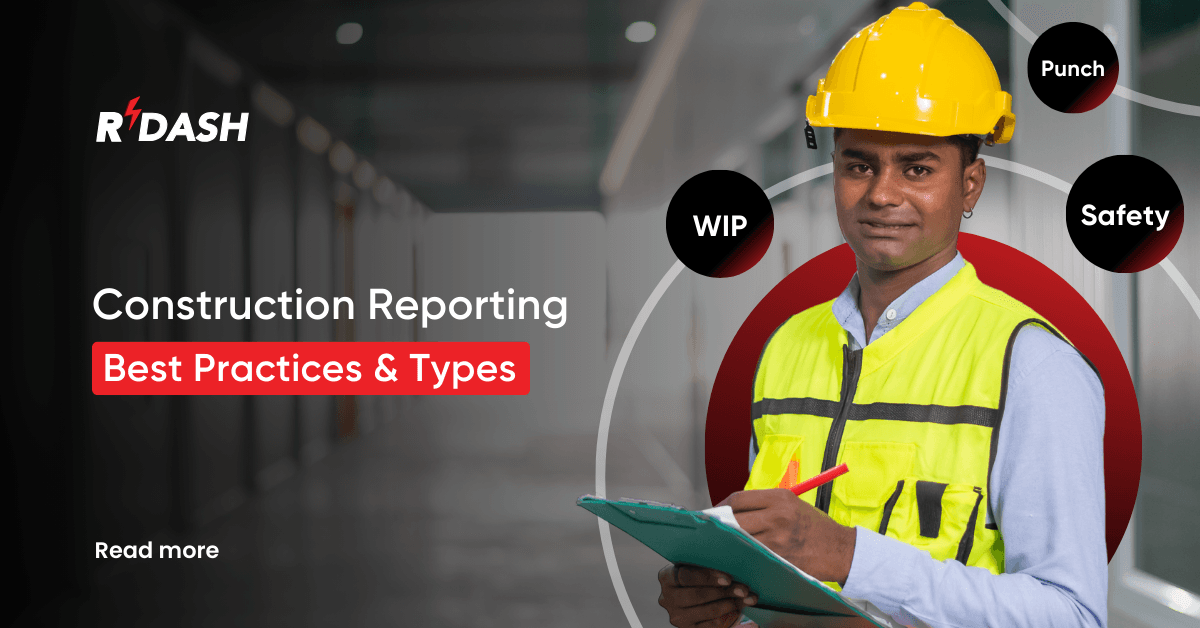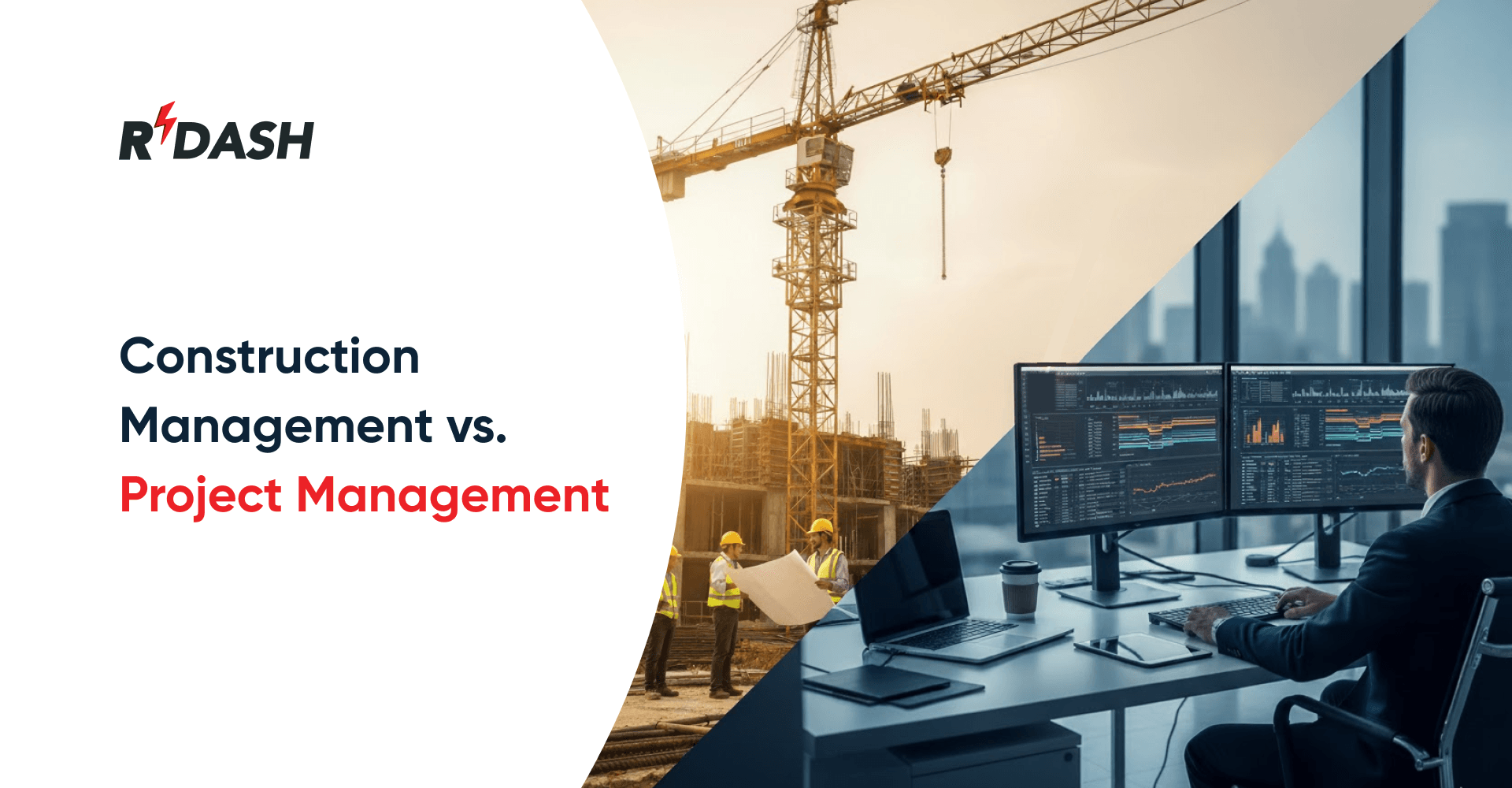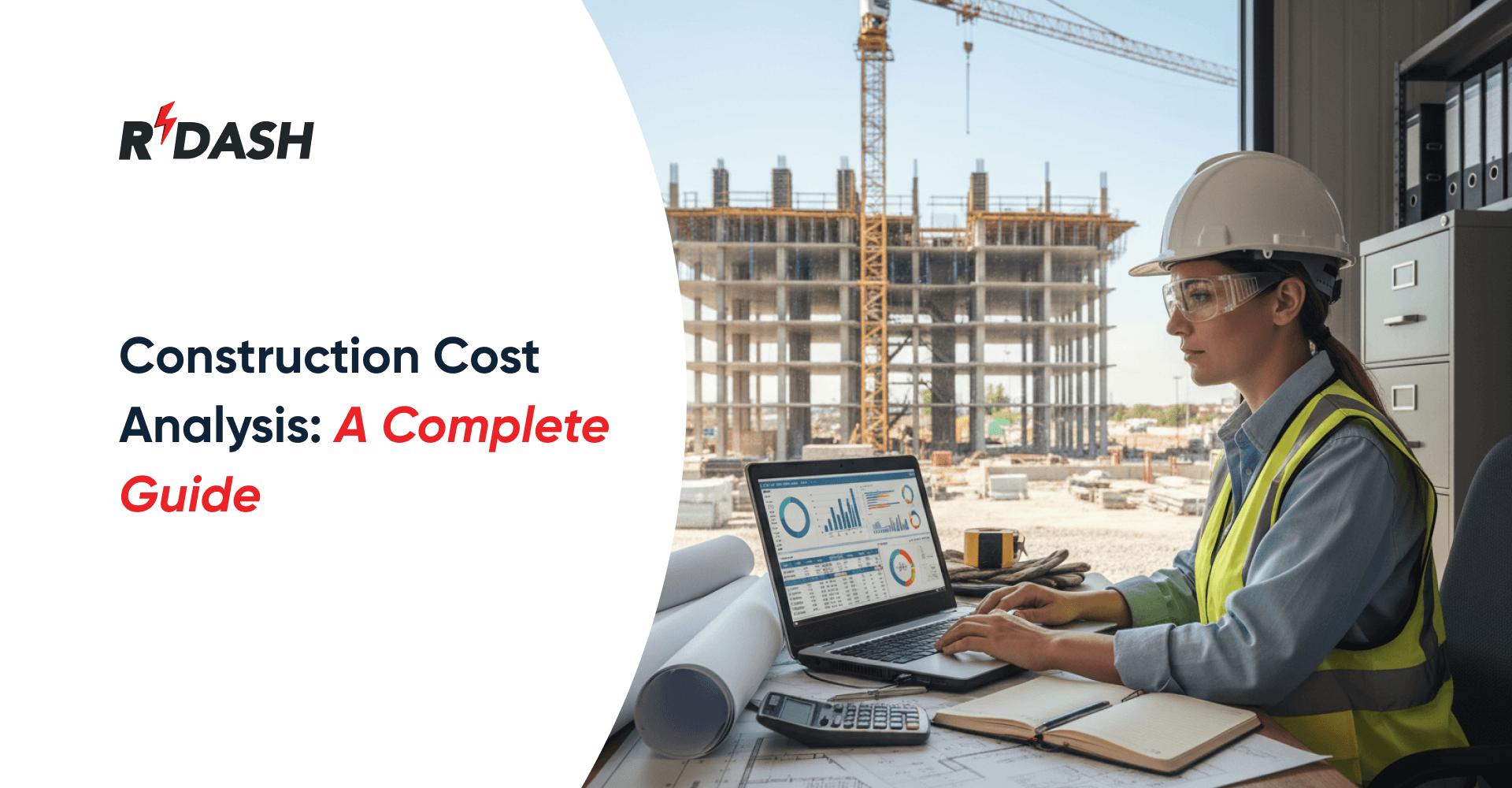What Is Construction Reporting?
Construction reporting refers to the process of collecting, analyzing, and documenting the various aspects of a construction project’s progress. This includes updates on schedule adherence, budget status, material usage, labor productivity, and compliance with safety regulations. The reports are typically compiled by project managers or construction supervisors and are crucial for keeping all stakeholders informed about the project’s current state and any potential issues that may arise.
Why Is Construction Reporting Important?
Construction reporting is vital for several reasons:

- Project Transparency: Regular reporting keeps everyone involved—from project managers to clients—informed about the progress of the project. This transparency helps build trust and facilitates better decision-making.
- Budget Management: Reports often include detailed information about the financial aspects of a project, such as expenditures and the status of the budget. This helps in maintaining control over costs and ensures that the project stays within financial limits.
- Schedule Adherence: Construction reports provide updates on the project timeline, highlighting any delays or accelerations. This is crucial for meeting deadlines and managing the expectations of all parties involved.
- Quality Control: Regular updates allow for ongoing quality checks of the materials used and the work being completed. This helps in identifying any deviations from the standards set at the outset of the project.
- Risk Management: Reporting can help identify risks early, which allows for the implementation of mitigation strategies before these risks turn into more significant problems.
- Legal Compliance: Construction projects often need to adhere to various regulations and standards. Reporting ensures that all legal requirements are being met, helping to avoid potential legal issues.
- Resource Allocation: By documenting the use of resources, reports can help ensure that resources are used efficiently and can guide decisions regarding resource reallocation as needed.
- Performance Analysis: Construction reporting provides a historical record of the project’s performance, offering insights that can be used for future projects. This analysis can lead to improved practices and strategies in subsequent projects.
Responsibilities for Reporting in Construction:
Client/Owner: Typically responsible for overseeing the project’s progress and ensuring it aligns with their expectations. They require reports to understand how the project is developing, particularly in terms of schedule and budget.
Site Engineer: Focuses on the technical aspects of construction. They provide detailed reports on site activities, compliance with engineering standards, and technical challenges faced during the project.
General Contractors: They coordinate the daily operations on site and are responsible for compiling comprehensive daily reports that include workforce activities, equipment use, and progress milestones.
Project Managers: Oversee the overall execution of the project, ensuring that all aspects run smoothly and efficiently. They compile various reports, integrating information from different teams to provide a holistic view of the project status.
Types of Construction Reports:
Safety Reports: Document any incidents or potential hazards on the site. These reports are crucial for maintaining safety standards and implementing corrective actions promptly.

Daily Reports: Include detailed accounts of each day’s activities, weather conditions, number of workers on site, completed tasks, and any issues that may have arisen.
Materials Reports: Keep track of the materials used, delivered, and remaining. These reports help manage inventory and ensure timely ordering of additional supplies.
Inspection Reports: Generated after inspections to assess the quality and safety of the work and the materials used. These are vital for compliance with building codes and standards.
Work-in-Progress (WIP) Reports: Provide updates on the phases of the project that are currently underway, offering insights into the progress and alignment with the planned schedule.
Punch Lists: Detail the work that does not conform to contract specifications, usually at the end of a project, necessary before final payments can be made.
Cost Management Reports: Focus on the financial aspects of the project, tracking expenses, forecasting costs, and managing the budget.
Handover/Closeout Reports: Compiled at the project’s conclusion, these reports ensure that all aspects of the project are completed as required, and the site is ready to be handed over to the client.
Each type of report plays a critical role in the smooth execution and successful completion of a construction project. Accurate and timely reporting helps in making informed decisions, managing resources efficiently, ensuring safety, and maintaining compliance with legal and regulatory requirements.
Best Practices for Construction Reporting
Effective construction reporting is crucial for the success of any construction project. Here are some best practices to ensure that your construction reporting is as effective and efficient as possible:
- Regular Updates: Maintain a schedule for regular updates. Daily or weekly reports can help catch issues early before they become more significant problems.
- Use Standard Formats: Employ standard reporting formats to ensure consistency. This makes it easier for readers to find information and compare reports over time.
- Include Visuals: Use photos, diagrams, and charts in your reports. Visuals can help clarify complex points and show progress more effectively than text alone.
- Be Detailed, Yet Concise: Provide enough detail to give a clear picture of the situation but avoid unnecessary information that could clutter and complicate the report.
- Ensure Accuracy: Double-check data for accuracy before distributing reports. Inaccuracies can lead to wrong decisions that might affect the project adversely.
- Utilize Software Tools: Implement construction reporting software to streamline the process. Tools like RDash can automate data collection and report generation, reducing errors and saving time.
- Train Your Team: Ensure that all team members know how to use reporting tools effectively and understand what information needs to be captured.
- Review and Act: Always review reports in a timely manner and take necessary actions based on the insights provided. Reporting is only beneficial if it leads to informed decision-making.
Make Construction Reporting Easier with RDash
RDash simplifies construction reporting by offering a comprehensive platform that organizes and monitors all essential project data. This platform enhances the management of various aspects of a construction project, from tracking daily progress reports (DPR) and financial updates to managing goods received notes and other critical project-related details. Here’s how RDash can streamline your construction reporting:
Enhanced Collaboration
RDash fosters better teamwork by providing tools that improve communication across all levels of a project. With features that allow for real-time updates and data sharing, teams can stay informed and aligned on project goals and progress. This real-time interaction ensures that everyone involved, from site workers to project managers, has the latest information at their fingertips, reducing misunderstandings and delays.
Activity Schedule
One of RDash’s key features is its activity scheduling tool, which helps plan and visualize the entire project timeline. This tool allows project managers to set milestones and deadlines, ensuring that all tasks are completed on schedule. By providing a clear overview of the project’s timeline, RDash helps teams prioritize tasks and manage their time effectively, leading to more efficient project execution.
Daily Progress Reports (DPR)
RDash enables seamless creation and management of daily progress reports, which are vital for documenting the day-to-day activities and progress of a construction project. These reports help stakeholders keep a pulse on the project, identifying any areas of concern early on, which can be addressed promptly to keep the project on track.
By integrating these features into one platform, RDash not only makes construction reporting more manageable but also enhances the overall efficiency and effectiveness of project management. Teams can leverage RDash to ensure detailed oversight, better resource allocation, and improved decision-making, leading to successful project outcomes.
FAQs
What is the most important part of construction reporting?
Accuracy and timeliness are the most crucial elements. Accurate reports delivered in a timely manner can drive effective decision-making.
How often should reports be made in construction projects?
This can vary depending on the project size and complexity. Daily reports are common, but weekly summaries might be adequate for smaller projects.
By following these best practices and leveraging tools like RDash, you can enhance the efficiency and effectiveness of construction reporting, leading to better-managed projects and outcomes.






